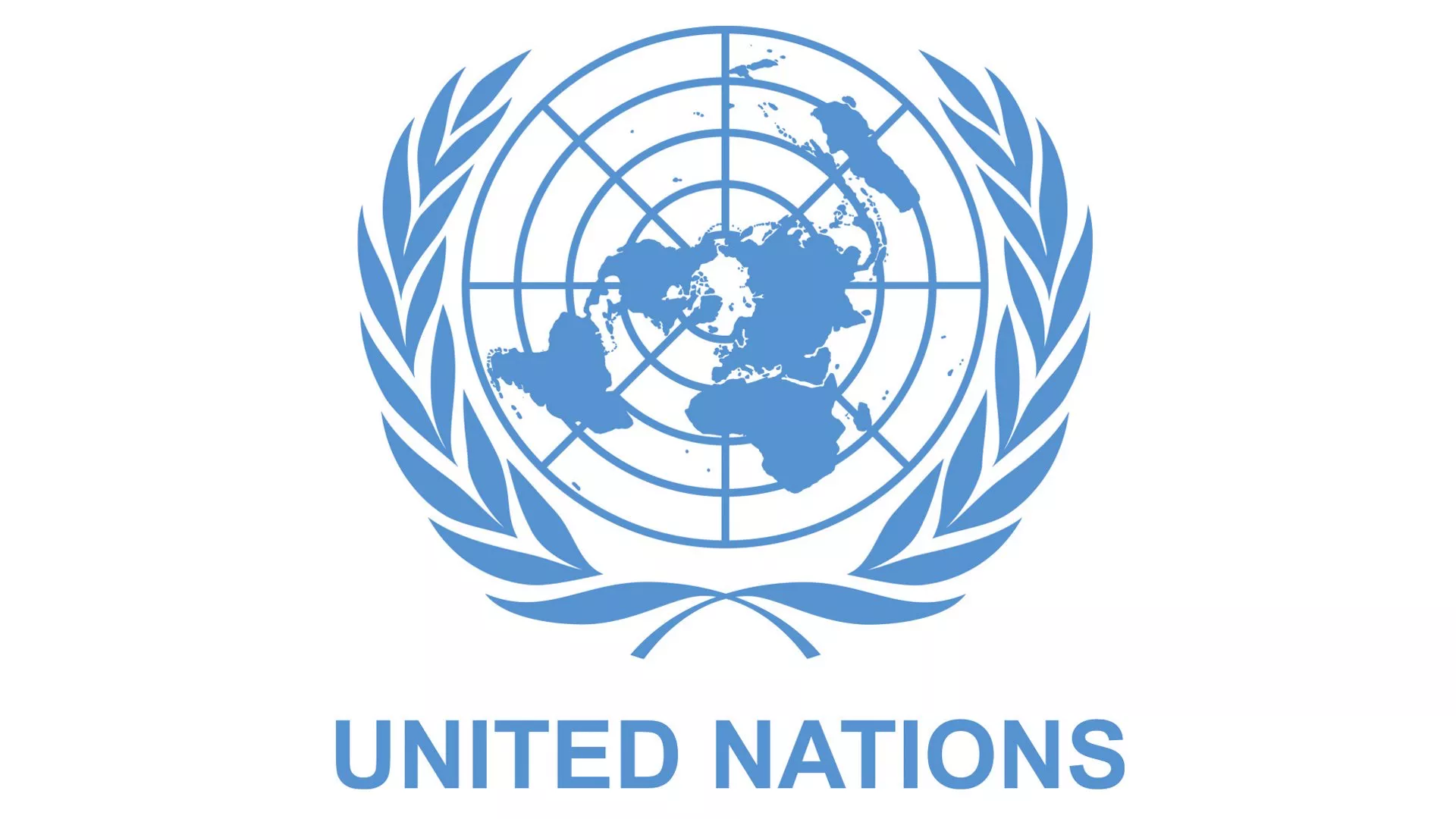
Allocating humanitarian funds to those who need them most

At a glance
We worked with the United Nations Emerging Technologies Lab to use artificial intelligence to create a fast and thorough way for the United Nations Office for the Coordination of Humanitarian Affairs (OCHA) to review project proposals., so that people get the help they need during humanitarian crises.
Impact
This collaboration will help OCHA in its efforts to direct funding where it’s needed most, as well as share insights with donors.
Key Services
Industry
Nonprofit & philanthropy
Key Technologies / Platforms
- Microsoft Azure
Responding to global crises
In countries like Myanmar, Venezuela, Syria, and Niger, millions of people are in need of urgent help, from access to food and safe water, to protection from violence. The United Nations Office for the Coordination of Humanitarian Affairs (OCHA) coordinates responses to humanitarian crises like these around the world.
OCHA receives contributions from a wide range of donors—governments, nonprofits, charities, foundations, and individuals—and received $2 billion in contributions last year. Its top-priority initiatives fall into four categories: women and girls, disabilities, education in protracted crises, and protection.
Exploring what's possible
OCHA receives over 100 proposals a year from organizations requesting funding. These proposals can be 100 or 200 pages long, requiring significant time for the small OCHA team to evaluate in detail.
The Emerging Technologies Lab at the United Nations wanted to explore a solution that would make the proposal evaluation process more efficient and enable OCHA to share insights about the impact donors are making.
“It’s important for OCHA to know they’re making a difference in these priority areas,” says Lambert Hogenhout, chief data, analytics, and emerging technologies officer who leads the Emerging Technologies Lab. “And it’s important for donors to have confidence that their money is being spent as they intended. But there are just limitations to what humans can do—in terms of reading over 100 proposals every year and pulling important information out of them.”
Hogenhout knew he wanted to create a solution using artificial intelligence, and after learning about Slalom’s AI Center of Purpose, he was interested in partnering with our team.
“It always takes us a lot of time to get up to speed with these advanced technologies,” Hogenhout says. “We were hoping that by working with the Slalom team, who has real experts in these areas, they’d be able to kick-start our project, and we’d also be able to learn from them and significantly reduce the learning curve of our team on certain new technologies. Both of these things worked out exactly as we hoped.”
Harry Potter, Dementors, and Cognitive Search
Our teams had an ideating session to brainstorm solutions. Slalom gave a demonstration on how Azure Cognitive Search could help process the proposals, and we used a recognizable example to break down how the technology works.
“We took all seven Harry Potter books and ingested them through the natural language processing pipeline using Azure Cognitive Search,” one of our solution architects explains. “What it does is automatically select words that mean something significant in the books, and it filters out all the mundane words that don’t mean anything. Azure forms different topics and associated words which are part of the topics. For example, Dementors could be a topic, and it’ll know that the closest possible spell to a Dementor is Expecto Patronum. So, it’s like a Google search for your Harry Potter books—it can generate this visual graph of topics and associations that knows what you’re looking for based on your topic.”
We recommended using Azure Cognitive Services in the same way for OCHA’s proposals. We knew we’d be able to create a solution that searched through a proposal in a matter of seconds, finding topics and associations that may or may not tie to OCHA’s priority initiatives. For example, the tool could learn that words like schools, teachers, and classes might tie to the education initiative and give that proposal a high distance-to-initiative score when it comes to the education initiative. Hogenhout’s team was onboard.
Quick and successful delivery
In less than three weeks, we built a successful proof-of-concept that includes these key components:
- Topic modeling
Topic modeling is an unsupervised machine learning technique that scans a set of text documents, detects similar group of words, and organizes them into topics. We built an extraction pipeline by extracting text via optical character recognition (OCR), tokenizing words and extracting entities. Based on this, we gained a list of topics within each document and generated a list of terms with associated frequency within each topic.
- Knowledge graph
We created a “distance-to-initiative” scoring algorithm to determine proposals’ relevance to OCHA’s initiatives. For example, a proposal might be 90 percent relevant to education in protracted crisis—a percentage based on the frequency of words closely associated to the topics of “education” and “protracted crisis.”
- Responsible AI
ConceptNet is a freely available knowledge base and natural-language-processing tool. Models trained on open source data like ConceptNet are notorious for containing bias extracted from users using discriminatory language on the platforms they train their networks on. We were able to identify and mitigate these issues by automating the removal of biased terms and associations—like “servant,” “attendant,” and “baggage” being associated with women. We completed a manual review of all concepts directly related to OCHA’s initiatives and ensured this bias would not persist into any future iterations of the knowledge graph we built.
- Cognitive Search
We used Azure Cognitive Services to generate searchable indexes from raw UN PDF documents. For example, someone can search for “Cholera” and get a list of all geographical locations that have the closest proximity to that term within the raw documents.
- Graph visualization
We developed a web application that visualizes the large, complex knowledge graph in a user-friendly and digestible way for OCHA, and we handed over the coding to the team.
Exceeding expectations
“I was amazed at how successful this collaboration was,” says Hogenhout. “I did not have such high expectations from a first-time collaboration, at short notice, between teams that didn’t know each other. It really exceeded all my expectations.”
He says our work together has inspired his team to explore new ways to use the tool—to help OCHA and the broader UN organization.
“For instance, now that we’re in this COVID pandemic, people are very interested in health, pandemics, and the resilience of communities. And they’re starting to wonder: in the projects that we’ve done, in the past two years for example, how much have we actually focused on health? Going back into hundreds of project documents and rereading all of those for their relevance to health initiatives would be an enormous task. It’s just not possible to provide that insight at the moment. But with the tool that Slalom has built the foundation for, we’re going to be able to do that.”

Who we’re helping most
This solution can be used at any organization with long, complex documents that are time-consuming to review. Think: medical research papers, loan applications, insurance policies. Using these tools, organizations can process these documents thoroughly, within seconds.
“I think this has a tremendous opportunity to help not just the UN but any organization that deals with this kind of challenge reviewing proposals and aligning them to specific missions,” says Hogenhout.
For now, the people this work will help most are those living in crisis. “And, to help those people,” Hogenhout says, “we’re helping the people in the Office for Humanitarian Affairs who have to read the projects. We’re helping the donors get more insight in how their money is being spent. We’re helping OCHA senior management have better insight in trends over time. We’re helping all these parties in very concrete ways. But ultimately, the purpose of all of this work is to help the people in need.”



